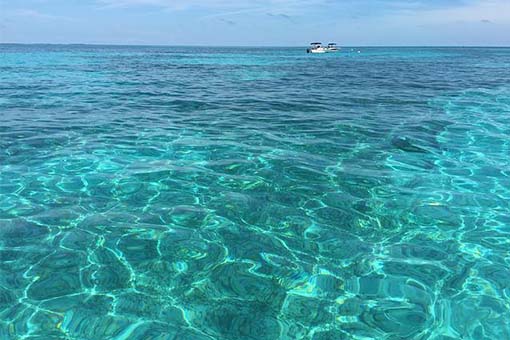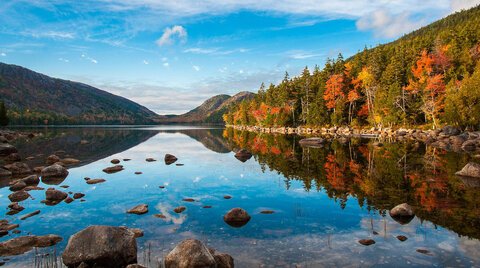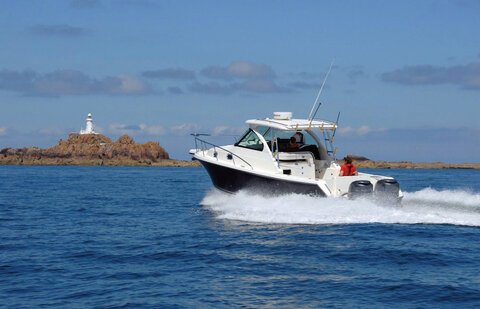The National Oceanic and Atmospheric Administration (NOAA) is committed to protecting coastal regions around the United States and its territories. “Protecting” means environmental conservation as much as economic preservation. That’s because many of our towns and cities rely on the waterways. It’s also why NOAA has an office of National Marine Sanctuaries. This serves as a trustee for a network of underwater parks comprising upwards of 600,000 square miles, from the Great Lakes to the East and West Coasts and even to American Samoa. Boaters are not only allowed to visit them, but also encouraged to do so. Among the 14 national marine sanctuaries, these three are particularly worth checking out.
1. Florida Keys
An incredible 2,900 square nautical miles of coastal and ocean waters are part of this marine sanctuary. One of the biggest highlights is the coral barrier reef, the only one in North America. You can dive and snorkel amid the beautiful scenery. In addition, the Florida Keys National Marine Sanctuary offers opportunities to dive shipwrecks. In fact, 14 of the wrecks are on the National Register of Historic Places. Above the surface, abundant mangroves and seagrass help support this important ecosystem. You might even encounter dolphins or manatees, too.
One important note: Use one of the approximately 500 mooring buoys within the sanctuary, available on a first-come, first-served basis. They’re free, and they help protect the living coral, since anchoring on living coral is prohibited. You can anchor in the sand, though, if all the mooring buoys are taken and you’re outside the no-anchor zone.
2. Stellwagen Bank
If you like whales, put Stellwagen Bank, in Massachusetts, on your list. Whale watching is incredibly popular from May through October. Be mindful of suddenly surfacing creatures, however. As a result, the Stellwagen Bank National Marine Sanctuary staff urges you to cruise at less than 20 knots. Besides whales, bird watching is a big draw. Plenty of petrels, gulls, terns, cormorants, and more frequent the area due to abundant plankton and small fish. Speaking of fish, anglers will appreciate the ability to catch bluefish, haddock, cod, and mackerel, among others. Add in diving opportunities, especially in the aptly named Sponge Forest, and you can understand why Stellwagen Bank National Marine Sanctuary is so treasured.
Finally, while you should always be mindful of sea and weather conditions, things can go from pretty to pretty soupy (as in pea-soup-thick fog) quickly in New England. Keep an eye on forecasts.
3. Thunder Bay
Northwestern Lake Huron in Michigan is home to Thunder Bay, covering 4,300 square miles. Celebrating its 20th year as a national marine sanctuary, Thunder Bay sits next to a notoriously dangerous stretch of water in the Great Lakes, and is therefore home to one of the country’s best-preserved and nationally significant assortments of shipwrecks. Indeed, more than 200 freighters, steamboats, and schooners have wrecked near here over just the past 150 years.
While you can additionally enjoy glass-bottom boat tours, kayaking, and canoeing in Thunder Bay, don’t miss the opportunity to head ashore. The marine sanctuary staff joined forces with other organizations to help create the Great Lakes Maritime Heritage Trail, part of which runs along the Thunder Bay River. Here, you can walk through the historically themed riverfront park, visit equally historic docks, and enjoy a boardwalk and pedestrian bridge.
For more information on these and other national marine sanctuaries, check out this page on National Marine Sanctuaries.


